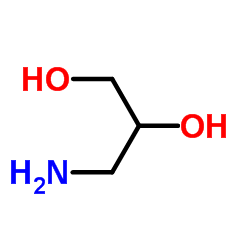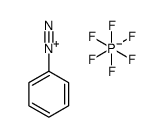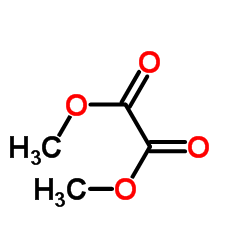anilazine
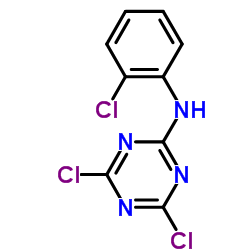
anilazine structure
|
Common Name | anilazine | ||
|---|---|---|---|---|
| CAS Number | 101-05-3 | Molecular Weight | 275.522 | |
| Density | 1.6±0.1 g/cm3 | Boiling Point | 460.4±47.0 °C at 760 mmHg | |
| Molecular Formula | C9H5Cl3N4 | Melting Point | 159 - 160ºC | |
| MSDS | Chinese USA | Flash Point | 232.2±29.3 °C | |
| Symbol |


GHS05, GHS09 |
Signal Word | Danger | |
| Name | anilazine |
|---|---|
| Synonym | More Synonyms |
| Density | 1.6±0.1 g/cm3 |
|---|---|
| Boiling Point | 460.4±47.0 °C at 760 mmHg |
| Melting Point | 159 - 160ºC |
| Molecular Formula | C9H5Cl3N4 |
| Molecular Weight | 275.522 |
| Flash Point | 232.2±29.3 °C |
| Exact Mass | 273.957977 |
| PSA | 50.70000 |
| LogP | 3.07 |
| Vapour Pressure | 0.0±1.1 mmHg at 25°C |
| Index of Refraction | 1.680 |
| InChIKey | IMHBYKMAHXWHRP-UHFFFAOYSA-N |
| SMILES | Clc1nc(Cl)nc(Nc2ccccc2Cl)n1 |
| Stability | Stable. Incompatible with oils and alkalies. May corrode some types of metal and alloy. |
CHEMICAL IDENTIFICATION
HEALTH HAZARD DATAACUTE TOXICITY DATA
MUTATION DATA
|
| Symbol |


GHS05, GHS09 |
|---|---|
| Signal Word | Danger |
| Hazard Statements | H315-H318-H319-H410 |
| Precautionary Statements | P273-P280-P305 + P351 + P338-P501 |
| Personal Protective Equipment | dust mask type N95 (US);Eyeshields;Faceshields;Gloves |
| Hazard Codes | Xi: Irritant;N: Dangerous for the environment; |
| Risk Phrases | R20;R21;R22 |
| Safety Phrases | S22-S60-S61 |
| RIDADR | UN3077 9/PG 3 |
| RTECS | XY7175000 |
| Hazard Class | 3.0 |
| HS Code | 2933699015 |
|
~75% 
anilazine CAS#:101-05-3 |
| Literature: Prakash; Tyagi; Mital Pharmazie, 1990 , vol. 45, # 4 p. 284 - 284 |
|
~70% 
anilazine CAS#:101-05-3 |
| Literature: Guire, Patrick; Taton, Kristin; Wen, Jie Patent: US2007/3707 A1, 2007 ; |
|
~63% 
anilazine CAS#:101-05-3 |
| Literature: Amicon Corporation Patent: US4562251 A1, 1985 ; |
|
~% 
anilazine CAS#:101-05-3 |
| Literature: US5461151 A1, ; |
|
~% 
anilazine CAS#:101-05-3 |
| Literature: US4888341 A1, ; |
|
~% 
anilazine CAS#:101-05-3 |
| Literature: US4091211 A1, ; |
| HS Code | 2933699015 |
|---|---|
| Summary | 2933699015 4,6-dichloro-n-(2-chlorophenyl)-1,3,5-triazin-2-amine。supervision conditions:s(import or export registration certificate for pesticides)。VAT:17.0%。tax rebate rate:9.0%。MFN tarrif:6.5%。general tariff:20.0% |
|
Long-term persistence of various 14C-labeled pesticides in soils.
Environ. Pollut. 168 , 29-36, (2012) The fate of the 14C-labeled herbicides ethidimuron (ETD), methabenzthiazuron (MBT), and the fungicide anilazine (ANI) in soils was evaluated after long-term aging (9-17 years) in field based lysimeter... |
|
|
Dry-wet cycles increase pesticide residue release from soil.
Environ. Toxicol. Chem. 31(9) , 1941-7, (2012) Soil drying and rewetting may alter the release and availability of aged pesticide residues in soils. A laboratory experiment was conducted to evaluate the influence of soil drying and wetting on the ... |
|
|
Allergic contact dermatitis from a lawn care fungicide containing dyrene.
Am. J. Contact Dermatitis 8(1) , 47-8, (1997) Lawn care chemicals are frequently blamed when skin rashes occur in lawn care workers, although proof of a cause-and-effect relationship is often lacking. A lawn care worker developed severe dermatiti... |
| 2,4-dichloro-6-(o-chloro-anilino)-s-triazine |
| Triazin |
| 2-o-chlorophenylamino-4,6-dichloro-1,3,5-triazine |
| Kemate |
| 2,4-dichloro-6-(o-chloroanilino)-1,3,5-triazine |
| Anilazin |
| DYRENE |
| anilazine |
| 2,4-dichloro-6-(2-chloroanilino)-1,3,5-triazine |
| 1,3,5-Triazin-2-amine, 4,6-dichloro-N-(2-chlorophenyl)- |
| C9H5Cl3N4 |
| MFCD00041815 |
| Bortrysan |
| 4,6-Dichloro-N-(2-chlorophenyl)-1,3,5-triazin-2-amine |
| Triasym |
| EINECS 202-910-5 |
| T6N CN ENJ BMR BG& DG FG |
| Triasyn |
| Zinochlor |
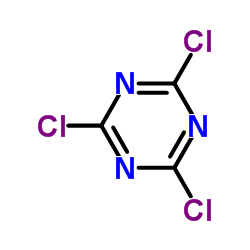
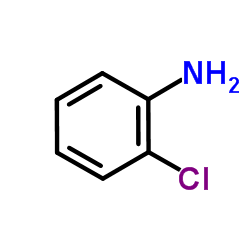
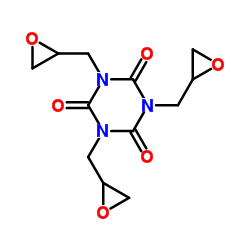
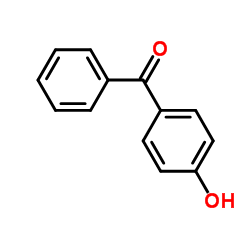
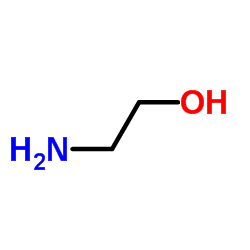
![1-[2-(2-chloroethoxy)ethoxy]hexane structure](https://image.chemsrc.com/caspic/159/72510-64-6.png)
